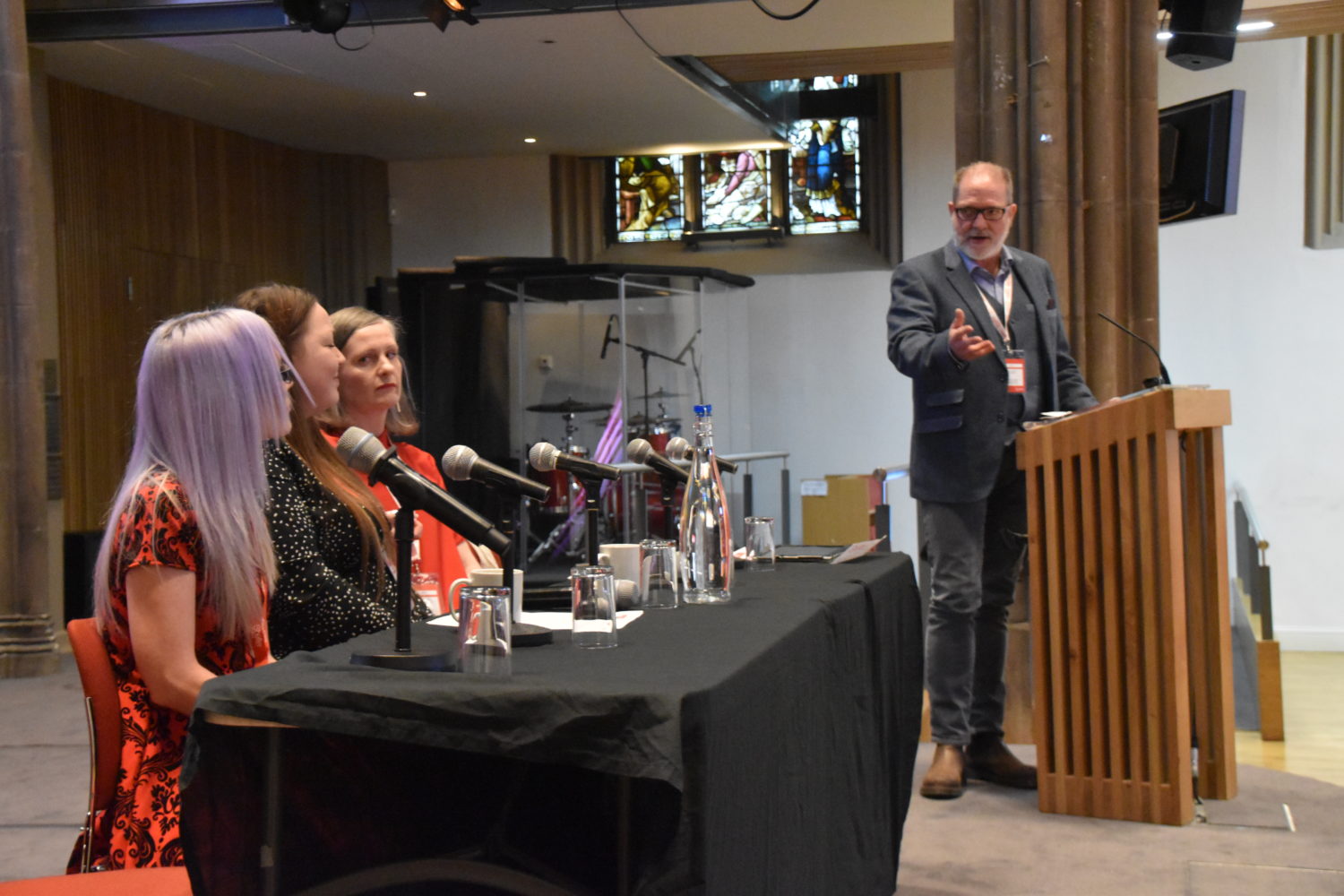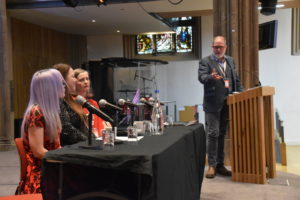Many charities in Scotland will be aware of the value and importance of service user involvement in their work, and we at Shelter Scotland are no different. In recent months, the Communications and Policy department has been reflecting and experimenting on how we can best involve service users in our work and planning.
As an organisation, Shelter Scotland does a significant amount of service user involvement and we are always looking for new ways to involve people with lived experience of homelessness or bad housing in helping to shape and inform our work. Some examples of how we currently involve service users are:
- asking their consent to use their experiences as case studies;
- facilitating groups and projects such as the Glasgow Participation Project;
- hosting an online private tenants forum and setting up a Private Tenant Panel to ensure the voices of private tenants are represented and heard in policy and campaigning, and;
- asking them to take part in events such as the recent Housing Hustings, and various conferences.
However, it can be extremely difficult to involve service users in a non-tokenistic and genuinely valuable way which meets the needs, abilities and expectations of both the organisation and the people we have worked with. It can also be particularly challenging to interest people in the often opaque and time consuming world of policy and research.
A useful way to measure the value of our efforts is to refer back to Arnstein (1969)’s Ladder of Citizen Participation. Our ambition in the Communications and Policy department is to find opportunities to move up the ladder and involve the people who use our services in ways that help to direct our policy priorities and shape our campaigns for real change.
In March, we held our biggest policy event which was our annual Homelessness Conference and this represented a turning point in how I personally view service user involvement in policy work and the incredible impact it can have.
We were keen to have people who used our services genuinely involved in the conference. Suzanne and Sonja are two women who had help from Shelter Scotland when they became homeless after relationship breakdowns. Fortunately for us, they both chose to continue being involved at our Dundee Community Hub as volunteers. They took part in the introduction to the conference and set the tone for the day by speaking honestly and calling practitioners (and the Cabinet Secretary!) to action on issues that they had come face to face with from first-hand experience of our homelessness system.
Julie and Robert, two former service users now involved in the Glasgow Participation Project, “Time for Change” group, co-hosted a breakout session with Shelter Scotland staff at the conference. The session challenged delegates to think about solutions to bridge the gaps in the current homelessness system and the learnings from the session will be used to improve our understanding of problems and solutions in the sector.
We know that having the input of people who experience the system we are trying to change is persuasive and will only make our message stronger. With this in mind, we now have to consider what other ways service users can be involved in policy work, moving up the ladder of participation towards citizen control and becoming more service user led in our policy approach. We want to open this conversation up with others, always bearing in mind our ultimate aim of ensuring there’s a safe, secure and affordable home for everyone.



